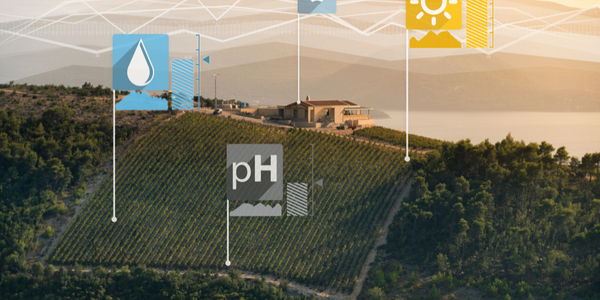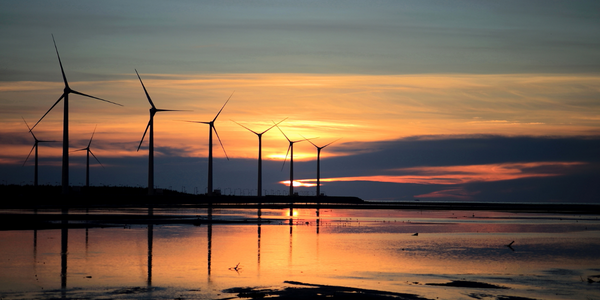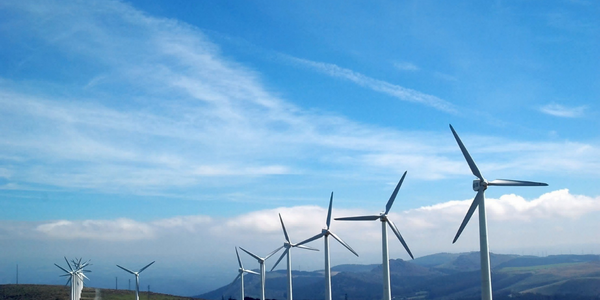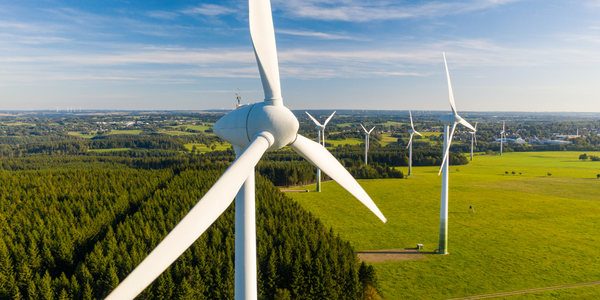Technology Category
- Sensors - Flow Meters
- Sensors - Utility Meters
Applicable Industries
- Agriculture
- Renewable Energy
Applicable Functions
- Maintenance
- Product Research & Development
Use Cases
- Farm Monitoring & Precision Farming
- Time Sensitive Networking
Services
- System Integration
About The Customer
Deepwater Wind, a leading offshore wind developer based in Providence, Rhode Island, undertook the USD 290 million Block Island Wind Farm project to supply less expensive power to residents. As the first commercial wind farm in the United States, the project aimed to demonstrate the feasibility of offshore wind as an alternative energy resource for U.S. coastal cities. The Block Island Wind Farm is located 15 miles from the U.S. mainland and 3 miles off the shore of Block Island. The offshore wind farm is projected to reduce energy costs for Block Island residents by 40 percent, as well as reduce carbon dioxide and other harmful emissions resulting from the diesel generated electric power that is currently used.
The Challenge
Keystone Engineering was tasked with designing jacket-type substructures for five, 6-megawatt wind turbine generators for the USD 290 million Block Island Wind Farm. The challenge was to optimize the design to mitigate risk, minimize steel weight, and reduce fabrication and installation costs. The design needed to account for the complex aerodynamic and hydrodynamic loading, including extreme loading situations such as turbine control faults and hurricane-force winds. The team had to calculate the loads, model the fatigue performance, and engineer the platforms to withstand various load combinations over a 20-year design life. The project aimed to demonstrate the feasibility of offshore wind as an alternative energy resource for U.S. coastal cities.
The Solution
Keystone used Bentley Systems’ OpenWindPower software to streamline communication with the generator designer (Alstom), and to model the complex aerodynamic and hydrodynamic loading profile for the deep-water platforms. The software enabled the design team to create simultaneous simulations for multiple design iterations, and helped reduce installation costs by optimizing the substructure design for weight and strength. The team adapted the steel jacket foundation design typically used in the oil and gas industry. OpenWindPower enabled Keystone to design the composite construction and complex nodal geometry of the jacket substructures, delivering an alternative to the typical monopile concrete foundations that are limited to offshore wind farms located in more shallow water depths. The software also facilitated effective collaboration with the wind turbine designers, ensuring accurate modeling that produced innovative design solutions throughout the project.
Operational Impact
Quantitative Benefit

Case Study missing?
Start adding your own!
Register with your work email and create a new case study profile for your business.
Related Case Studies.

Case Study
Remote Monitoring & Predictive Maintenance App for a Solar Energy System
The maintenance & tracking of various modules was an overhead for the customer due to the huge labor costs involved. Being an advanced solar solutions provider, they wanted to ensure early detection of issues and provide the best-in-class customer experience. Hence they wanted to automate the whole process.

Case Study
Intelligent Farming with ThingWorx Analytics
Z Farms was facing three challenges: costly irrigation systems with water as a limited resource, narrow optimal ranges of soil moisture for growth with difficult maintenance and farm operators could not simply turn on irrigation systems like a faucet.

Case Study
Vestas: Turning Climate into Capital with Big Data
Making wind a reliable source of energy depends greatly on the placement of the wind turbines used to produce electricity. Turbulence is a significant factor as it strains turbine components, making them more likely to fail. Vestas wanted to pinpoint the optimal location for wind turbines to maximize power generation and reduce energy costs.

Case Study
Siemens Wind Power
Wind provides clean, renewable energy. The core concept is simple: wind turbines spin blades to generate power. However, today's systems are anything but simple. Modern wind turbines have blades that sweep a 120 meter circle, cost more than 1 million dollars and generate multiple megawatts of power. Each turbine may include up to 1,000 sensors and actuators – integrating strain gages, bearing monitors and power conditioning technology. The turbine can control blade speed and power generation by altering the blade pitch and power extraction. Controlling the turbine is a sophisticated job requiring many cooperating processors closing high-speed loops and implementing intelligent monitoring and optimization algorithms. But the real challenge is integrating these turbines so that they work together. A wind farm may include hundreds of turbines. They are often installed in difficult-to-access locations at sea. The farm must implement a fundamentally and truly distributed control system. Like all power systems, the goal of the farm is to match generation to load. A farm with hundreds of turbines must optimize that load by balancing the loading and generation across a wide geography. Wind, of course, is dynamic. Almost every picture of a wind farm shows a calm sea and a setting sun. But things get challenging when a storm goes through the wind farm. In a storm, the control system must decide how to take energy out of gusts to generate constant power. It must intelligently balance load across many turbines. And a critical consideration is the loading and potential damage to a half-billion-dollar installed asset. This is no environment for a slow or undependable control system. Reliability and performance are crucial.

Case Study
Remote Monitoring and Control for a Windmill Generator
As concerns over global warming continue to grow, green technologies are becoming increasingly popular. Wind turbine companies provide an excellent alternative to burning fossil fuels by harnessing kinetic energy from the wind and converting it into electricity. A typical wind farm may include over 80 wind turbines so efficient and reliable networks to manage and control these installations are imperative. Each wind turbine includes a generator and a variety of serial components such as a water cooler, high voltage transformer, ultrasonic wind sensors, yaw gear, blade bearing, pitch cylinder, and hub controller. All of these components are controlled by a PLC and communicate with the ground host. Due to the total integration of these devices into an Ethernet network, one of our customers in the wind turbine industry needed a serial-to-Ethernet solution that can operate reliably for years without interruption.








